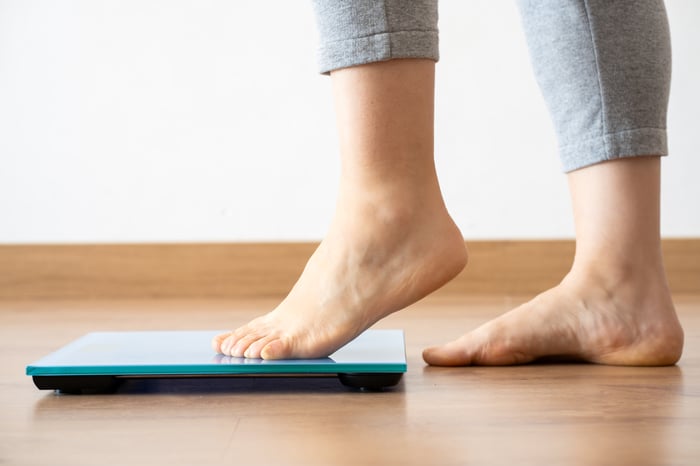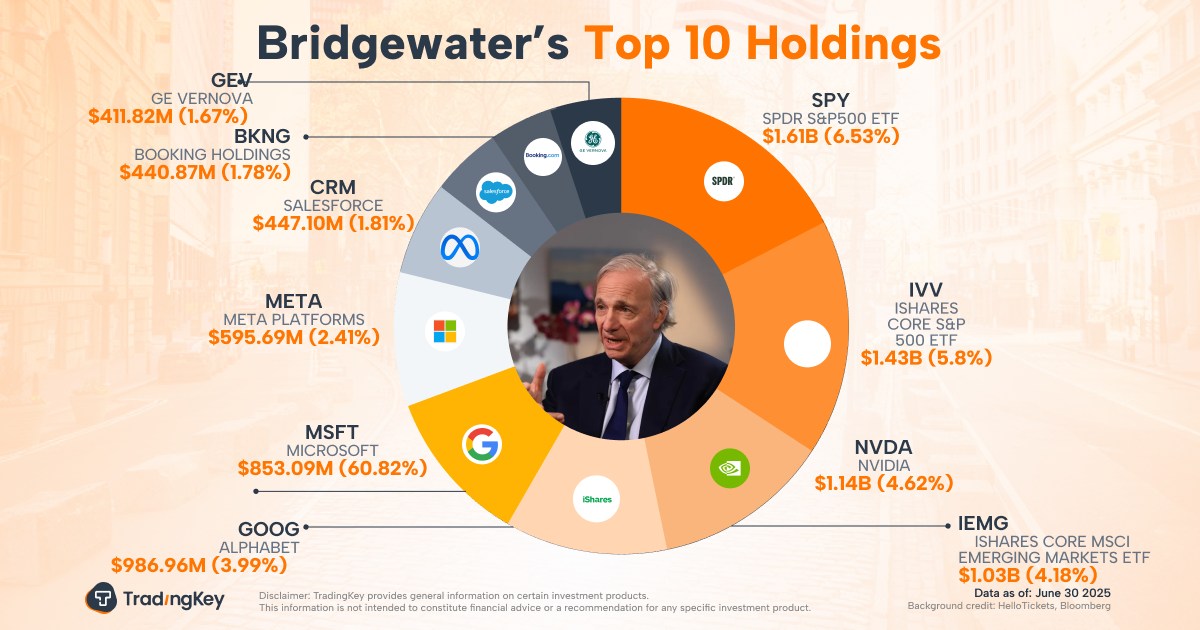Is Eli Lilly Stock a Buy? Here's What the Market Isn't Pricing in Yet.

Key Points
Eli Lilly's obesity drugs delivered 38% revenue growth in the second quarter; but its oral GLP-1 candidate fell short, achieving only 12.4% weight loss.
Viking Therapeutics' dual-formulation obesity program could capture the most profitable patient segment starting in 2027.
At 29 times forward earnings, Lilly stock assumes flawless execution with no margin for competitive disruption.
Wall Street loves a dominant player, and Eli Lilly (NYSE: LLY) looks unstoppable with its obesity blockbusters printing money faster than the Fed. But here's what the bulls aren't telling you: The company's next-generation oral weight-loss pill just delivered a reality check, and a scrappy competitor is positioning itself to steal the most lucrative slice of the $100 billion obesity treatment market.
At today's premium valuation, that's a risk investors can't afford to ignore.
Where to invest $1,000 right now? Our analyst team just revealed what they believe are the 10 best stocks to buy right now. Continue »

Image source: Getty Images.
The obesity empire strikes back
Lilly's second-quarter numbers read like a growth investor's fantasy. Revenue surged 38% to $15.56 billion, with Mounjaro generating $5.2 billion (up 68%) and Zepbound delivering $3.38 billion (up 172% in the U.S. alone).
The company raised full-year guidance to a range of $60 billion to $62 billion in revenue, with earnings per share expected between $21.75 and $23. That's a 61% jump in quarterly earnings to $6.31 per share, powered by an impressive 85% gross margin. The incretin drug portfolio now accounts for over half of Lilly's total revenue, a concentration that amplifies any competitive threat.
The ATTAIN-1 trial results had already cast a shadow over these stellar financials. Orforglipron, Lilly's much-anticipated oral GLP-1 pill, delivered 12.4% weight loss at its highest dose, or about 27 pounds for the average patient.
The stock dropped 14% on the news, and for good reason: Novo Nordisk's (NYSE: NVO) Wegovy achieves 14% to 15% weight loss with injections, while experimental oral competitors like Novo's CagriSema are targeting 20%.
This underperformance matters financially: It narrows Lilly's addressable oral market, weakens its mass-market capture strategy, and hands ammunition to payers pushing for lower reimbursement rates.
The Viking invasion nobody sees coming
Here's why Viking Therapeutics (NASDAQ: VKTX) represents the only viable near-term threat with a real shot at breaching Lilly's obesity moat. VK-2735 isn't just another GLP-1 -- it's a dual GLP-1/GIP agonist attacking the market from two angles. The subcutaneous formulation, now in Phase 3, could launch as early as 2027. The oral version, currently in Phase 2, gives Viking a second shot at the convenience-seeking patient population that Lilly is struggling to capture with orforglipron.
The Phase 2 numbers back up the threat. The subcutaneous version delivered 14.7% weight loss with significantly cleaner tolerability than current options -- 95% of gastrointestinal side effects were mild or moderate. The oral version's Phase 1 data showed something even more intriguing: Weight loss persisted six days after the last dose, suggesting durability that could become a marketing differentiator. Viking is also exploring monthly dosing that would revolutionize patient compliance.
But here's the killer insight: VK-2735 is perfectly positioned to capture the patients that Lilly's retatrutide can't hold. While retatrutide might deliver blockbuster weight-loss numbers, its triple-agonist mechanism comes with tolerability trade-offs that could drive discontinuations. Viking's cleaner profile targets the population with a body mass index of 30 to 38 -- the most profitable recurring-revenue segment that generates decades of prescriptions. These aren't the sickest patients; they're the volume players who want results without harsh side effects.
Timing turns this from a threat to a crisis. VK-2735's subcutaneous version could launch around 2027, with an oral version potentially following in 2028 -- precisely when orforglipron would be struggling to gain traction with inferior efficacy. If a major pharma partner like Pfizer or Amgen steps in, the launch scale could rival Lilly's overnight.
The valuation trap
At 29 times forward earnings, Lilly's market cap bakes in an uninterrupted march toward obesity dominance. VK-2735's entry could disrupt that march years before the Street expects it. The market is essentially betting that Mounjaro and Zepbound maintain trajectory, orforglipron somehow overcomes its efficacy gap, and retatrutide delivers without causing mass patient discontinuations. Those are three separate high-stakes bets, all priced for perfection.
With these treatments now accounting for over half of its revenue, any market share loss hits twice as hard. Each percentage point Viking captures doesn't just reduce growth -- it challenges the entire premium multiple. Lilly bulls might argue the company's deep pipeline justifies today's valuation, and the 38% revenue growth proves this machine knows how to monetize innovation. But the orforglipron disappointment reveals that even Lilly can't guarantee every pipeline bet pays off.
With Novo already commanding a significant share and Viking developing a dual-formulation strategy that offers more flexibility than anything in Lilly's pipeline, the duopoly's days could be numbered. At today's premium valuation, there's minimal margin for error and zero room for surprise competition.
For investors, the smartest move might be taking some profits on Lilly's incredible run and watching Viking's Phase 2 oral results in the second half of 2025 from the safety of the sidelines -- that's when the real disruption story might start to unfold.
Should you invest $1,000 in Eli Lilly right now?
Before you buy stock in Eli Lilly, consider this:
The Motley Fool Stock Advisor analyst team just identified what they believe are the 10 best stocks for investors to buy now… and Eli Lilly wasn’t one of them. The 10 stocks that made the cut could produce monster returns in the coming years.
Consider when Netflix made this list on December 17, 2004... if you invested $1,000 at the time of our recommendation, you’d have $668,155!* Or when Nvidia made this list on April 15, 2005... if you invested $1,000 at the time of our recommendation, you’d have $1,106,071!*
Now, it’s worth noting Stock Advisor’s total average return is 1,070% — a market-crushing outperformance compared to 184% for the S&P 500. Don’t miss out on the latest top 10 list, available when you join Stock Advisor.
*Stock Advisor returns as of August 13, 2025
George Budwell has positions in Pfizer and Viking Therapeutics and has the following options: long January 2026 $55 calls on Viking Therapeutics, long January 2026 $60 calls on Viking Therapeutics, and long January 2027 $60 calls on Viking Therapeutics. The Motley Fool has positions in and recommends Amgen and Pfizer. The Motley Fool recommends Novo Nordisk and Viking Therapeutics. The Motley Fool has a disclosure policy.

.jpg)



